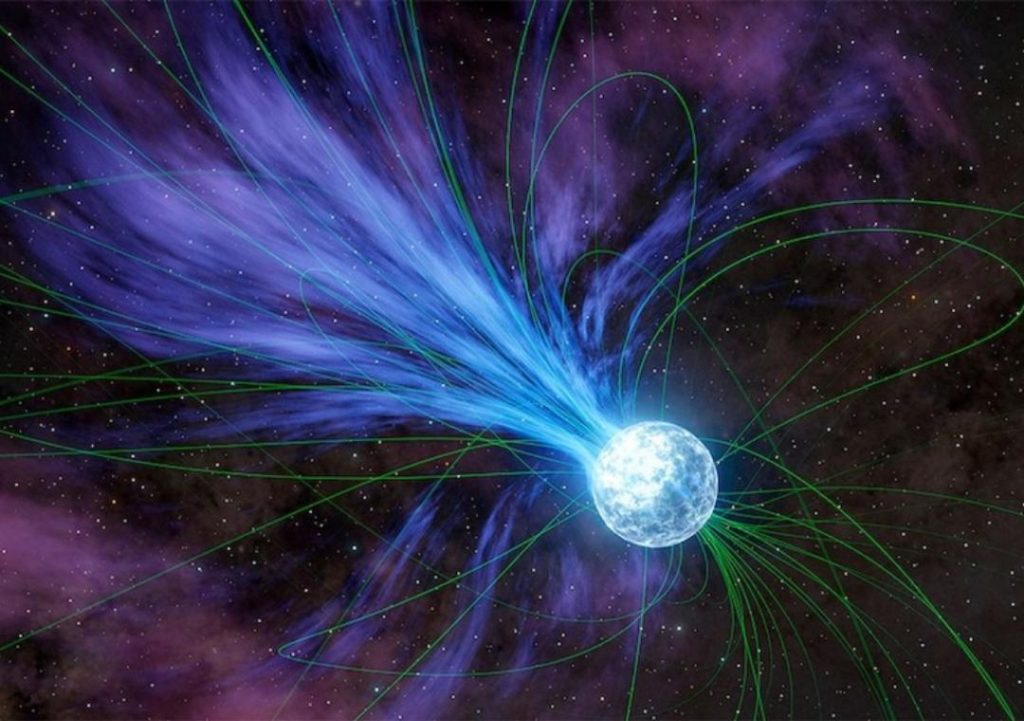
Title: Gold & Platinum Created Through Neutron Stars’ Explosions: Study
The origin of precious metals like gold and platinum has long been a topic of interest and mystery for scientists and researchers. While we’ve had various theories about how these elements came to be, a recent study led by Columbia University student Anirudh Patel has shed new light on their creation. According to the study, magnetars or highly magnetized neutron stars are responsible for creating these elements through their explosive events.
Magnetars are essentially neutron stars that possess extremely strong magnetic fields. When these stars explode, they release powerful flares that contain various elements, including gold and platinum. This phenomenon has been observed in the Milky Way galaxy, with explosions happening approximately once per decade. However, across the observable universe, these events occur annually.
The study, which was published in The Astrophysical Journal, used data from NASA’s Swift Gamma-Ray Burst Mission to analyze the elements released during these explosions. The researchers found that the flares emitted by magnetars contained significant amounts of gold, platinum, and other precious metals. This discovery has significant implications for our understanding of the origin of these elements.
So, how do magnetars create these precious metals? The process is quite fascinating. When a magnetar explodes, it releases a massive amount of energy in the form of radiation and particles. This energy is absorbed by the surrounding environment, which is primarily composed of hydrogen and helium. The intense radiation and particles interact with these atoms, causing them to fuse together and form heavier elements, including gold and platinum.
This process is known as rapid neutron capture or r-process nucleosynthesis. It’s a complex process that involves the rapid absorption of neutrons by atomic nuclei, leading to the formation of heavier elements. In the case of magnetars, the intense radiation and particles emitted during their explosions create the perfect conditions for r-process nucleosynthesis to occur.
The discovery that magnetars are responsible for creating gold and platinum has significant implications for our understanding of the origin of these elements. For centuries, humans have been fascinated by these precious metals, using them to create jewelry, coins, and other valuable items. However, their origin has remained a mystery until now.
The study’s findings also have significant implications for the field of astrophysics. By studying the elements released during magnetar explosions, scientists can gain a better understanding of the processes that occur during these events. This knowledge can be used to improve our understanding of the behavior of neutron stars and the role they play in the formation of heavy elements.
In conclusion, the study led by Anirudh Patel has shed new light on the origin of gold and platinum. By analyzing the elements released during magnetar explosions, scientists have discovered that these highly magnetized neutron stars are responsible for creating these precious metals. This discovery has significant implications for our understanding of the origin of these elements and the processes that occur during magnetar explosions.






